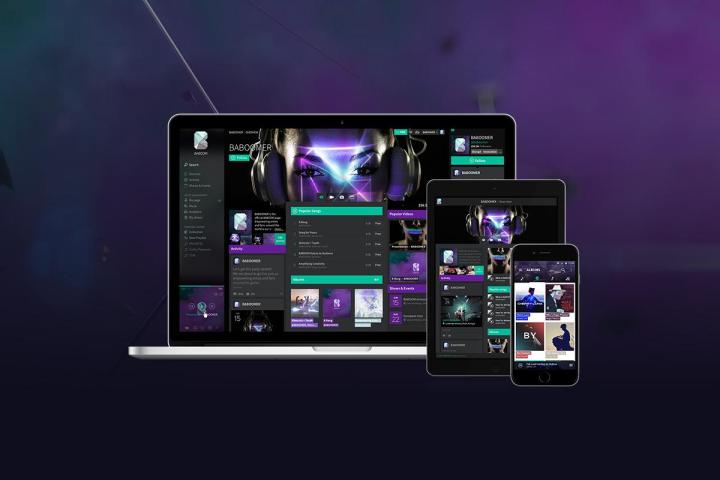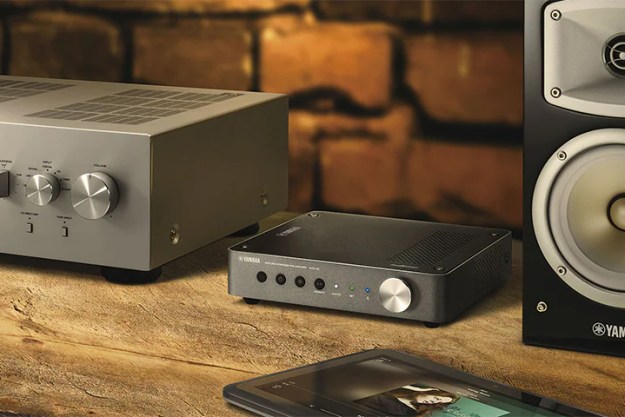
The service — which caters primarily to independent artists, features lossless audio, and prides itself on directly paying artists — does remain true to Dotcom’s intent but currently lacks the extensive catalogs of competitors like Tidal (and, seemingly, most major artists).
Related: Music streaming services have racked up a trillion plays in 2015 alone
One element that distinguishes Baboom from other music streamers like Apple Music, Spotify, Rdio and others is its “Fair Trade Streaming” model, which is defined by a focus on transparency and direct payment to artists. The service boasts that 90 percent of its revenue will go to music rights holders (i.e. artists, labels, and publishers). Sites like Spotify, and others, generally claim around a 70 percent split with copyright holders.
Baboom also claims its division of profits is more judicious than other services.
“Fair Trade Streaming offers the artist full visibility of payments from streaming, unlike traditional methods where all revenue goes into a pot and is distributed to the artists who are most popular,” said the press release. “Fair Trade Streaming ensure subscription fees go from the fan to the artists they stream.”
“We have created a solution that will attract quality independent artists and labels,” said Baboom head of content Mikee Tucker in the press release. “Greater returns, direct payments, fair trade streaming and an innovative royalty engine are some of the key factors that will drive uptake from artists.”
The service, which offers a limited catalog of independent artists, has two tiers: a free tier consisting of ad-supported music streaming, a download store, and a “locker” to make playlists of up to 100 songs; and a premium $10 AUD (~$7.40 US) per month option which gives users ad-free access to music, and unlimited “locker space.”
As a boutique streamer featuring independent artists and the general framework that Dotcom envisioned, it’s now an entity wholly separated from the famous Internet disruptor. As Variety notes, the service doesn’t feature any of Dotcom’s prominent artist friends — or even the entrepreneur’s own music projects.
As for why Dotcom left Baboom? “The music industry hates me,” he said in a tweet. “You’d do better without me.”
Good bye @Baboom. I was holding u back. The music industry hates me. You’ll do better without me. Good luck my love. http://t.co/eByCsUizmR
— Kim Dotcom (@KimDotcom) October 2, 2014
Editors' Recommendations
- What is Tidal? The hi-fi streaming music service fully explained
- Tidal launches Circles, a social network for musicians
- Cambridge Audio hopes for another hit with its new CXN100 network streamer
- What is Deezer? Features, pricing, and music quality explained
- Got a PS5? Here’s how to get 6 free months of Apple Music


